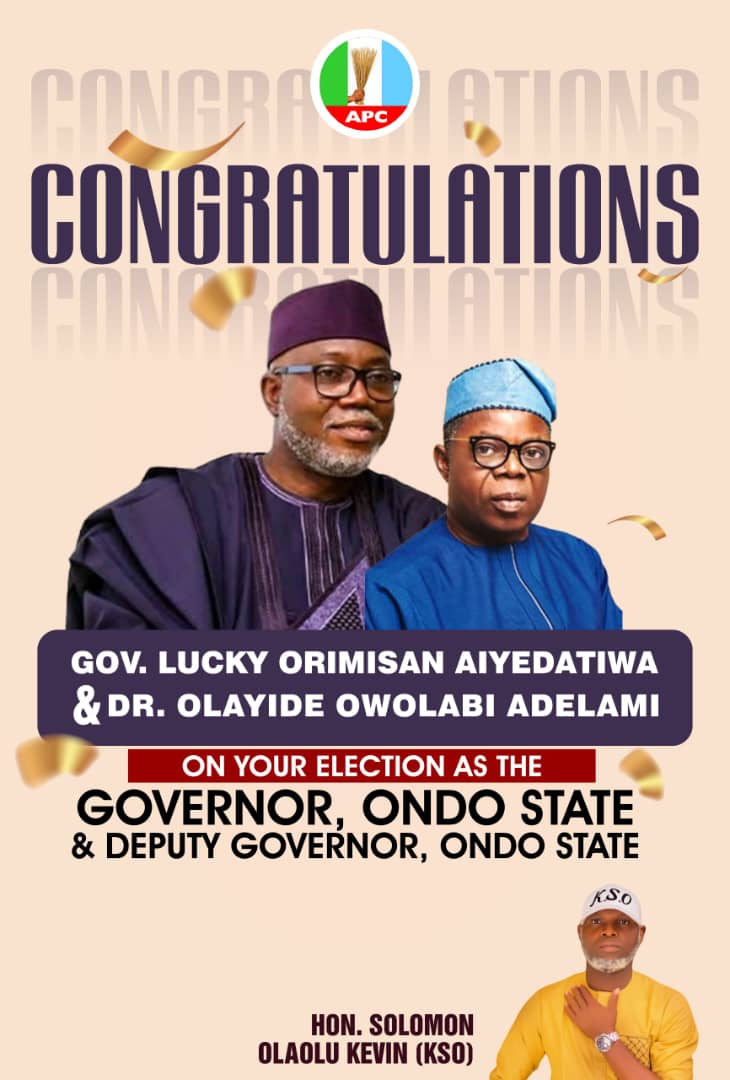How Electoral College, not popular votes, picks US president
US Vice President and Democratic presidential candidate Kamala Harris (R) shakes hands with former US President and Republican presidential candidate Donald Trump during a presidential debate at the National Constitution Center in Philadelphia, Pennsylvania, on September 10, 2024. (Photo by SAUL LOEB / AFP)
Although the United States prides itself on being the world’s preeminent democracy, where each person can have their say about who should be president, the Constitution calls for states to choose “electors” who do the actual electing.
This is known as the Electoral College.
This includes the first presidential election in 1789, won by George Washington; there have been 59 U.S. elections.
How i spent 10 years in jail without trial for bank robbery i heard about in court – Adeshina
In all but five, two in this century, the president has won both the popular votes and the Electoral College votes.
In 2000, Democratic candidate Al Gore garnered 543,895 more votes nationwide than Republican George W. Bush.
But in a contentious race that went all the way up to the Supreme Court, the judges decided to end a recount in Florida, giving the state’s then 25 electoral votes to Bush.
This took Bush past the magic number of 270 electoral votes and ensured him the presidency.
In 2016, when Donald Trump was elected, Hillary Clinton won the popular vote by a much bigger margin, receiving 2.9 million more votes nationwide.
But Trump became president because he garnered 304 electoral votes to Clinton’s 227.
If the number of electoral votes is tied, then the election is decided by the newly elected House of Representatives.
– How the electoral votes work –
Each state is allotted electors equal to their number of representatives in Congress.
This means there are 538 electors in total: 435 representatives and 100 senators, plus three for the District of Columbia.
If a candidate wins 270 electors or more, therefore, he or she wins the presidency.
In 48 states, the candidate with the most votes, however slim the margin, wins all the state’s electoral votes.
Maine and Nebraska do things differently and allocate electoral votes by individual congressional districts.
Some critics regard the Electoral College as an anachronism and would replace it with a national popular vote.
They say that the Electoral College makes a mockery of the “one person, one vote” system the country extols.
Furthermore, it causes candidates to concentrate their campaigns primarily on a handful of swing states where the vote could go either way, turning the majority of voters elsewhere in the country into bystanders.
But proponents say the reverse would happen if the president were elected by the popular votes.
Then candidates would concentrate their campaigning in the big states—California, Texas, and New York—and voters in smaller states would be the onlookers.
But what really do the two major candidates in the U.S. presidential election represent?
Kamala Harris is the first woman, first black person, and first person of South Asian descent to be vice president of the United States.
After four years in the second highest office, she now wants to make history again by holding the top job.
She received President Joe Biden’s blessing when he stepped back from being the Democratic candidate just three months ago, triggering her whirlwind campaign.
Harris was born on Oct. 20, 1964, in Oakland, California. She often touts her middle-class upbringing to voters: her father Donald migrated from Jamaica to study economics; her mother Shyamala, a cancer researcher and civil rights activist, came from India.
They married in 1963 and separated when Harris was 5 years old.
Harris, 60, has largely played down her gender and race. But she has said that India is an important part of her life.
When she and her younger sister Maya were children, their mother travelled with them to India almost every other year to see relatives there—and to instill in them a love of Indian food.
Shyamala died of colon cancer in 2009. Harris rarely speaks of her father, who went on to become a professor at Stanford University. She once told an interviewer that they are not close.
Harris became the first black district attorney of San Francisco in 2002, and later she served for six years as California’s attorney general.
When she moved to the U.S. Senate in 2017, she used her experience as a prosecutor to make her mark at high-profile hearings by grilling witnesses, from Trump officials to Supreme Court nominees.
Harris met her partner Doug Emhoff, an entertainment lawyer, relatively late in life.
A friend set up a blind date for the two of them in California, where they were living at the time in 2013.
They married the following year.
Emhoff has two adult children from his first marriage: Cole and Ella.
As the first husband of a vice president, Emhoff is also the first “Second Gentleman” of the United States.
Should Harris win and become the first woman to ever hold the presidency, he would be the very first “First Gentleman.”
Donald Trump’s rise to the U.S. presidency, which he held from 2017-2021, upset many assumptions and taboos, but perhaps just as surprising is that he has brushed off two impeachments, a criminal conviction, and several other threats to contend again for the White House.
His come-from-behind win against Hillary Clinton in 2016, by claiming outsider status and promising to bring a businessman’s acumen for dealmaking to the White House, shocked the U.S. political system and fundamentally changed the Republican party.
In 2024, four years after losing to Joe Biden, he still casts himself as the man to shake up U.S. politics by taking on the corrupt elites.
All the while he has kept his brash campaign style, prone to riffing on theories well outside the mainstream, and rarely shying away from an opportunity to personally insult or belittle his opponents.
If Trump wins, the 78-year-old would be the oldest person in U.S. history elected president.
Born June 14, 1946, he was the fourth of five children of Frederick Trump, a real estate magnate who bequeathed a small New York empire to his family.
At age 13, Trump’s parents sent him to a military academy.
The future president went on to study at Fordham University and then the University of Pennsylvania’s prestigious Wharton School of Business.
After graduating from Wharton, he joined his father’s business and, in 1974, became its president and renamed it the Trump Organisation.
Investments in hotels, casinos, golf courses, luxury apartments, and beauty pageants followed.
As the star of the TV reality show “The Apprentice,” he relished delivering bad news to failed contenders, telling them curtly, “You are fired.”
Trump dipped into politics from time to time but seemed galvanised under the administration of Barack Obama and morphed into a right-wing populist.
He loudly peddled the lie that Obama was not born in the United States.
Trump’s critics, which include several high-profile members of his first administration, have cast him as chaotic, divisive, and a threat to democracy.
General John Kelly, his former chief of staff, recently likened him to a “fascist.”
His rhetoric has been crude and dark at rallies, veering from crass insults to false claims and menacing warnings, like his suggestion this month he could use the military to handle what he called “the enemy from within.”
Like in 2016, his 2024 campaign has put an anti-immigration stance front and centre.
In 2016, he said some Mexican immigrants were rapists and murderers; this year he baselessly accused Haitian immigrants of eating pets in the town of Springfield, Ohio.
A line repeated by his vice presidential pick, Ohio Senator J. D. Vance. (NANFeatures)












